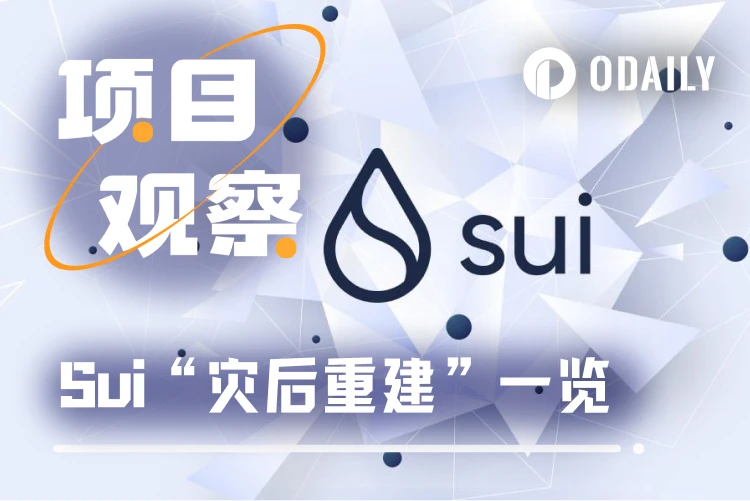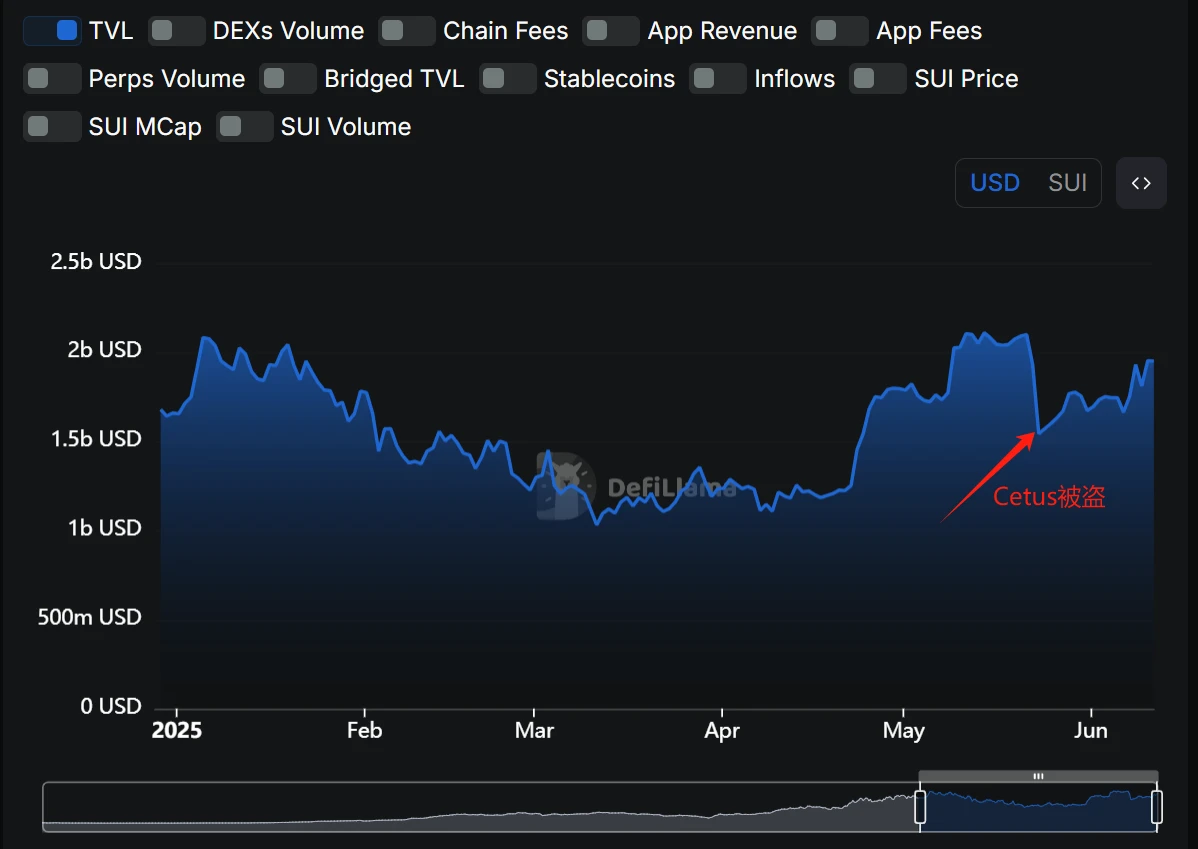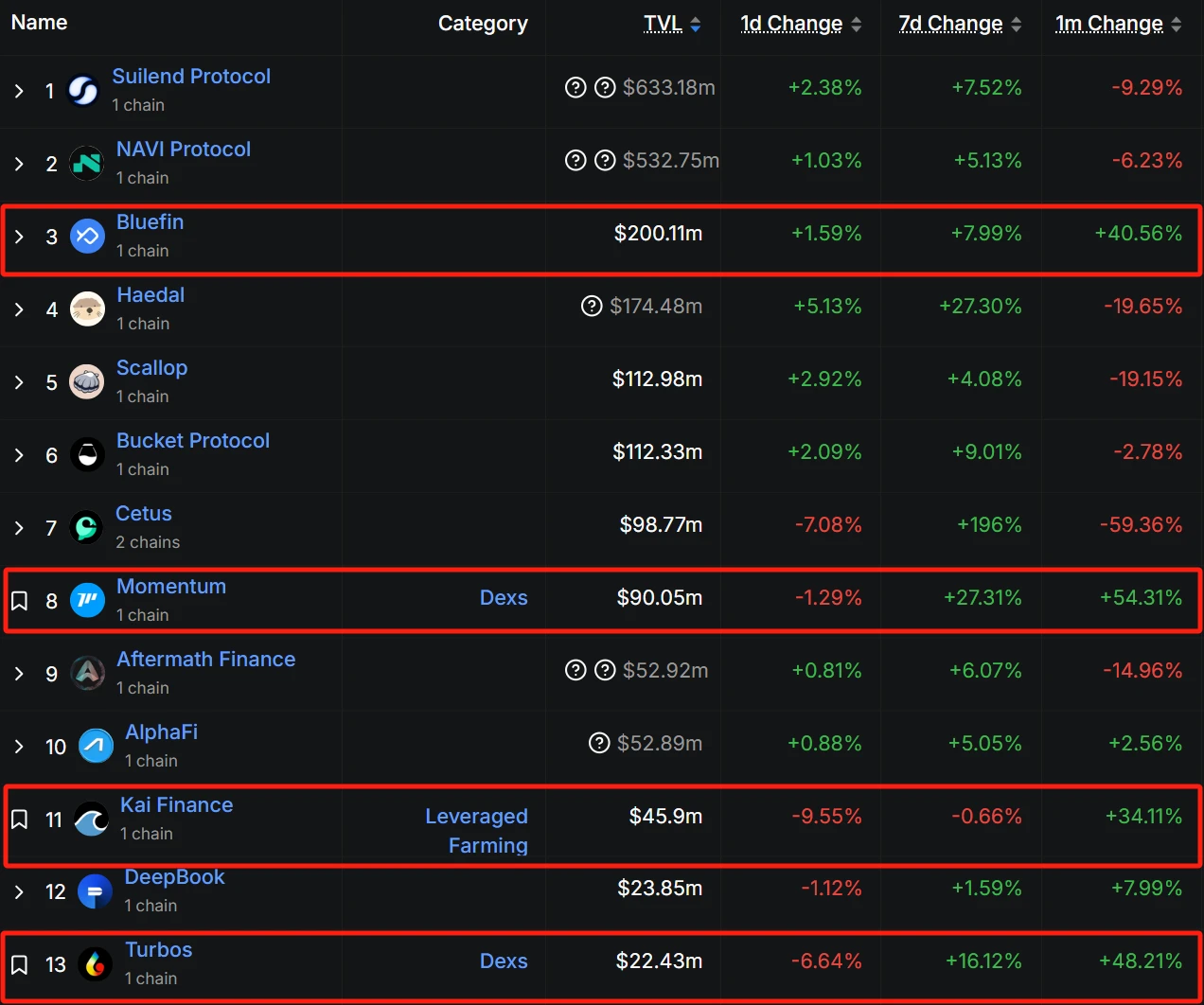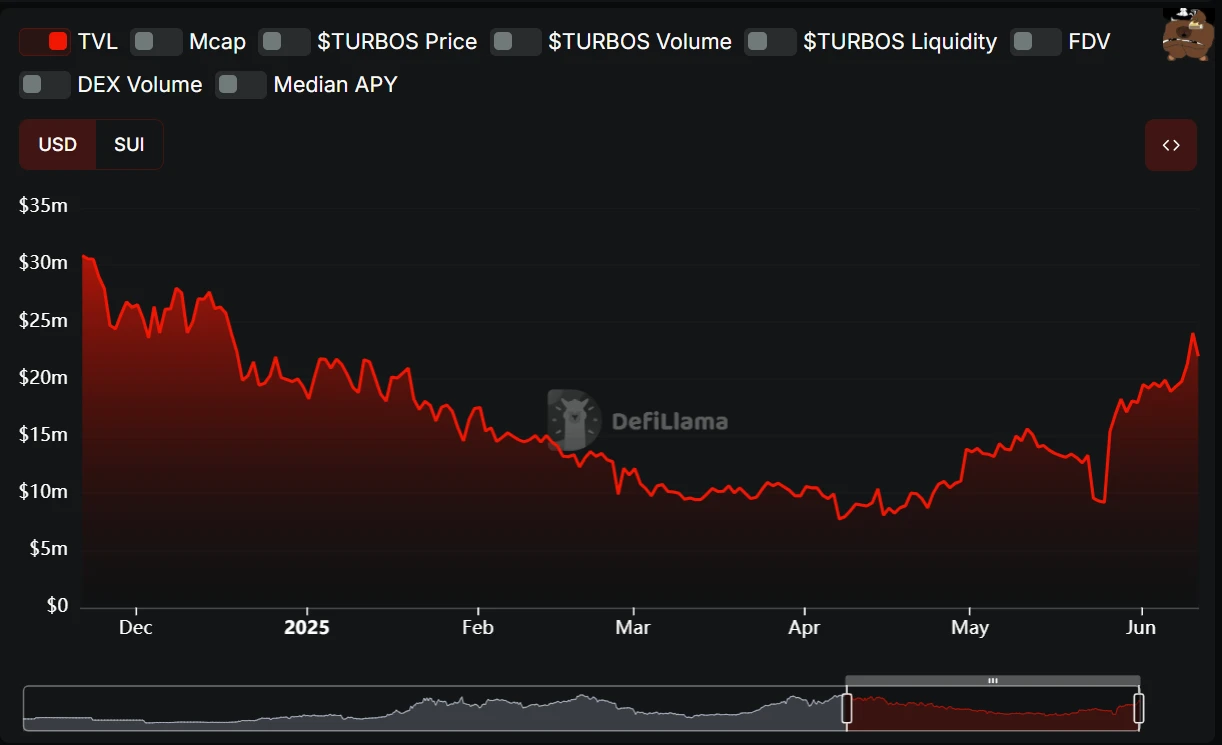Original | Odaily Planet Daily (@OdailyChina)

On May 22, the decentralized trading platform Cetus in the Sui ecosystem suffered a hacker attack, resulting in a loss of approximately $223 million. This incident had a significant impact on the overall ecosystem, causing user panic and directly leading to outflows of on-chain funds. According to on-chain data, the total value locked (TVL) in the Sui network dropped from a peak of about $2.1 billion to a low of $1.57 billion, a decline of over 25%, putting the entire ecosystem under severe strain.
In response to the incident, Cetus quickly took emergency measures. With the cooperation of most Sui validator nodes, the Cetus team successfully froze two main wallet addresses used by the attacker to transfer funds. At the same time, Cetus rapidly collaborated with the Sui security team and several security audit firms to conduct a comprehensive audit of the smart contracts and developed a recovery plan for user assets. Additionally, the Cetus team invested all of its cash reserves of $7 million and secured a loan of $30 million USDC from the Sui Foundation for user asset compensation.
On June 8, the Cetus protocol officially resumed operations, reopening all functions including trading and liquidity management. The liquidity recovery of the affected funds pools reached 85%-99%. Cetus also committed to allocating 15% of the total tokens of the protocol for compensating affected users, with 5% available for immediate withdrawal and 10% to be unlocked linearly over the next year.
Although this incident brought considerable shock to the ecosystem, on-chain data shows that Sui's TVL is gradually recovering. As of now, the TVL has returned to $1.92 billion, nearing the level before the incident. This rebound not only indicates that user confidence is recovering but also reflects that some protocols are attracting new capital inflows, playing a stabilizing role.

In this "post-disaster recovery" process, four protocols have performed outstandingly in terms of TVL and user growth: Momentum, Turbos, Bluefin, and Kai.

Momentum: A Growing ve(3,3) DEX
Momentum is the first native ve(3,3) mechanism decentralized trading platform on Sui. Through the governance token veMO combined with voting incentives, users can earn a share of trading fees and protocol incentives by locking assets, encouraging long-term participation and protocol governance. This model originated from Curve and effectively mobilizes the enthusiasm of liquidity providers (LPs), token holders, and protocol governance.
Since its launch in March this year, Momentum has rapidly grown in both TVL and trading volume. As of now, its TVL has surpassed $89 million, reaching an all-time high, making it one of the standout protocols in the Sui ecosystem. Currently, Momentum's total trading volume has exceeded $3.6 billion, with cumulative users surpassing 420,000. Recently, Momentum completed a new round of strategic financing led by OKX Ventures, with participation from Coinbase Ventures, further enhancing its ecosystem expansion capabilities.
Turbos: A Safe Fortress in Crisis
Turbos is a DEX that was deployed on the first day of the Sui mainnet launch. In its architectural design, Turbos emphasizes modular decoupling, with each functional module being relatively independent, effectively reducing systemic risk from a technical standpoint. Because of this, Turbos' contracts were not involved in any vulnerable functions during the Cetus security incident, and the entire platform was unaffected.
After the incident, Turbos quickly initiated a self-inspection and simultaneously invited several third-party security agencies, including Mysten, OtterSec, MoveBit, and CertiK, for independent audits. The results showed that the vulnerability did not affect Turbos' normal operation. More importantly, while other platforms suspended services, Turbos maintained stable operations without any trading interruptions, demonstrating the platform's technical maturity and security resilience.
From the TVL data, since the stabilization after the Cetus incident, the speed of fund inflow to Turbos has significantly accelerated. Driven by the recovery of market confidence, several mainstream Memecoins have transferred most of their liquidity to Turbos, including LOFI, reflecting the market's recognition of its technical stability and security.

In addition to security guarantees, Turbos has recently launched multiple liquidity incentive pools, including SUI-USDC and zero impermanent loss USDT-USDC, further attracting user participation in liquidity provision and enhancing platform activity.
Bluefin: Focused on On-Chain Derivatives Trading
Bluefin is a protocol focused on decentralized derivatives trading, providing users with financial products such as perpetual contracts. Its product structure relies on on-chain matching and clearing mechanisms, offering high transparency and operational stability. Bluefin's matching engine optimizes trading efficiency while reducing slippage, making it suitable for medium to high-frequency traders and hedging strategy users.
Currently, the Bluefin platform maintains relatively stable trading activity and continues to expand its user base and product offerings, making it an important part of the derivatives market on Sui.
Kai Protocol: Automated Asset Management Platform
Kai is a protocol that provides strategy automation management, focusing on offering users on-chain asset allocation and yield aggregation services. Users can deploy strategy pools to gain automatic reinvestment and risk adjustment functions, reducing operational complexity.
Kai's mechanism is suitable for users who wish to achieve stable returns with lower participation levels, and its strategy offerings are continuously expanding to cover different risk preferences. The platform has attracted a group of users who prefer conservative investments, with TVL showing a steady growth trend.
Overall, while the Cetus incident caused a temporary shock to the Sui ecosystem, it also served as a validation point for the ecosystem's resilience. The stable growth of Momentum, Turbos, Bluefin, and Kai not only provided a short-term floor for TVL but also showcased their comprehensive strengths in mechanism design, security strategies, and user attraction. As the ecosystem recovery progresses and user confidence gradually warms up, Sui is slowly emerging from the shadow of the black swan event and moving towards a new phase.
免责声明:本文章仅代表作者个人观点,不代表本平台的立场和观点。本文章仅供信息分享,不构成对任何人的任何投资建议。用户与作者之间的任何争议,与本平台无关。如网页中刊载的文章或图片涉及侵权,请提供相关的权利证明和身份证明发送邮件到support@aicoin.com,本平台相关工作人员将会进行核查。




